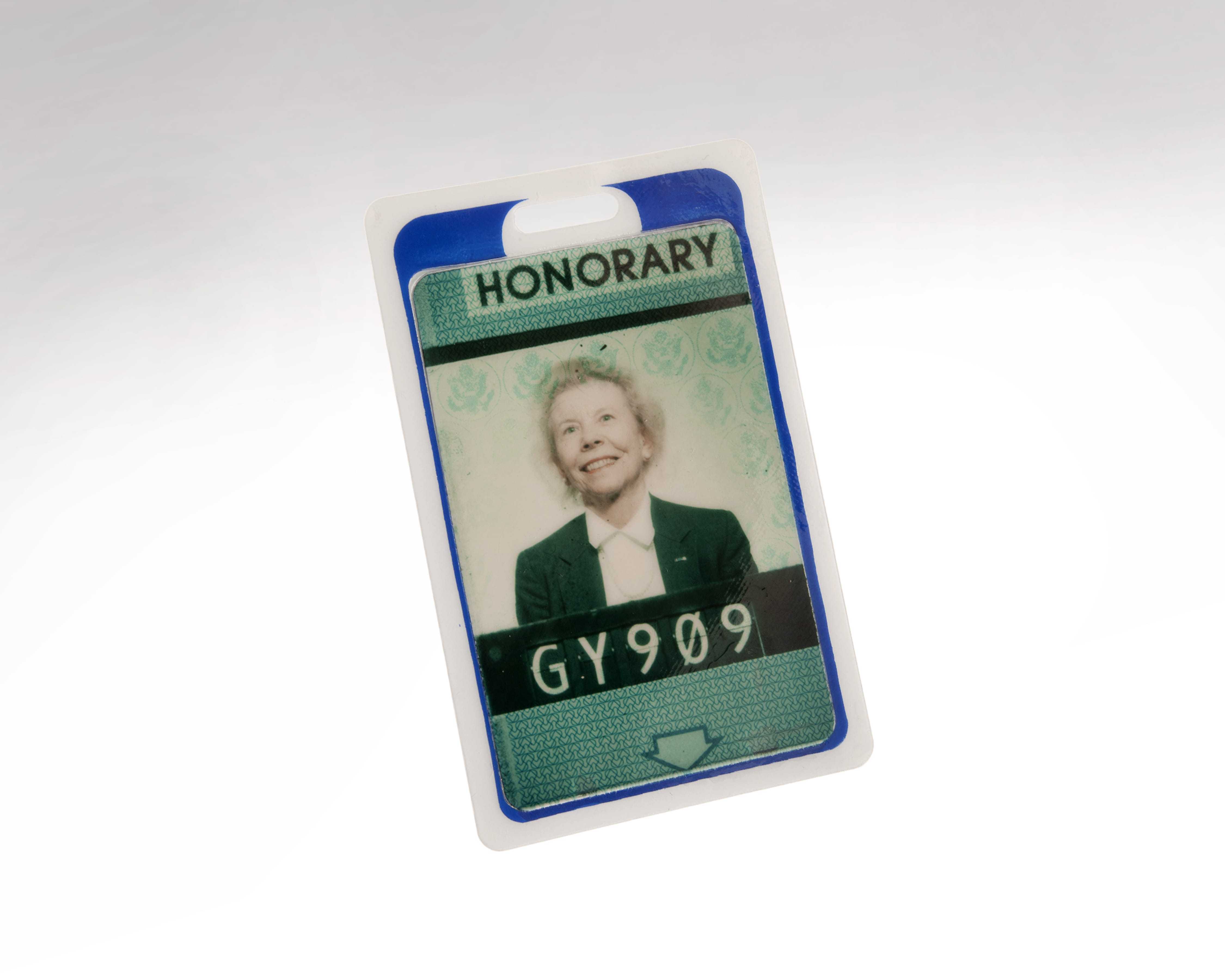Eloise R. Page was a prominent and well-respected CIA officer, who shattered several glass ceilings during her remarkable career. Her journey began in May 1942 when she worked as a secretary to Gen. William �“Wild Bill” Donovan, the head of the Office of Strategic Services (OSS)—the predecessor agency to CIA. Eloise worked for Donovan for several intense and exciting years, learning the business of espionage. It was during this time she developed a passion for intelligence work.

Eloise Page was the first female Chief of Station-the highest job for case officers abroad.
Reaching Top Ranks Overseas
Toward the end of World War II, Eloise worked as an administrative assistant to the director of a new division within the OSS called X-2, which focused on counterintelligence. In this position she moved to Brussels, Belgium, in 1945 and helped open the first post-war station.
After World War II, the OSS was dismantled. But it was not long before President Harry S. Truman recognized the need for a postwar intelligence organization. In 1947, he created the CIA. Eloise became one of the Agency’s first employees.
With the creation of the CIA, Eloise worked in the directorate that later became the Directorate of Operations (DO).
Throughout her impressive career in the DO, Eloise rose through the ranks, eventually becoming the directorate’s No. 3 officer. It was through her hard work and dedication that she became an operations officer and later, the first female Chief of Station (COS)—the highest job for operations officers abroad. Eloise assumed this COS position in the late 1970s. She also became one of CIA’s experts on terrorist organizations.
Eloise was the first woman to serve as the Deputy Director of the Intelligence Community staff and Chairman of the Critical Collection Problems Committee, responsible for allocating collection assets on critical problems facing the United States. She became such a well known expert on terrorism and collection issues that the Defense Intelligence College invited her to join their faculty after she retired from the CIA.
A Southern Lady, A Fierce Fighter
Eloise, a native of Richmond, Virginia, was a true southern lady who believed that dressing to go out always included white gloves. She spoke with a drawl and preferred to be addressed as “Miss Page,” not “Ms. Page.”
But contrary to the gentle image she portrayed, Eloise Page was a fierce fighter in the workplace. Officials at the Defense Department called her “the iron butterfly.” A CIA colleague referred to Eloise as “a perfect southern lady with a core of steel.”
In addition to her passion for intelligence work, she also was active with the Christ Episcopal Church in Georgetown where she taught Sunday school, served on the vestry, and directed the altar guild and flower committee. Eloise never married nor had any children, but she treated her golden retrievers like family members—bringing them with her to all assignments, even those overseas.
Eloise retired from the Agency in 1987 at the age of 67.
An Everlasting Inspiration
Eloise was recognized as one of the Agency’s 50 Trailblazers during the CIA’s 50th anniversary celebration in September 1997. The Trailblazer award recognizes CIA officers who by their actions, example, innovations, or initiative take the CIA in important new directions and help shape the Agency. Eloise served as a role model for many at CIA because of her operational skills and exceptional management capability.
On October 16, 2002, then-CIA Director George Tenet issued a statement upon her death at the age of 82, “From her earliest days of service with OSS, Eloise Page was a source of inspiration to others. She will be forever.”
Video
This is CIA trailblazer Eloise Page, who served in multiple positions in the Directorate of Operations during her 4 decade career here at CIA. Miss Page started her career as an administrative assistant in the office of General Donovan, which soon became the Office of Strategic Services. During World War 2 she served in the counter intelligence area within the OSS.
After World War 2 she was sent to Brussels to run post war operations there. When the CIA was created in 1947 Miss Page joined the Science and Technology division where she ran technical requirements and scientific operations for the DO through the 1950’s and in 1979 Miss Page became the first female Chief of Station.
Imagine that, for 32 years the CIA had stations all over the globe, but only men held the highest position in country, Chief of Station. That is until Eloise Page came in and broke through that glass ceiling with her sophisticated white gloves, a staple that she wore throughout most of her agency career.

